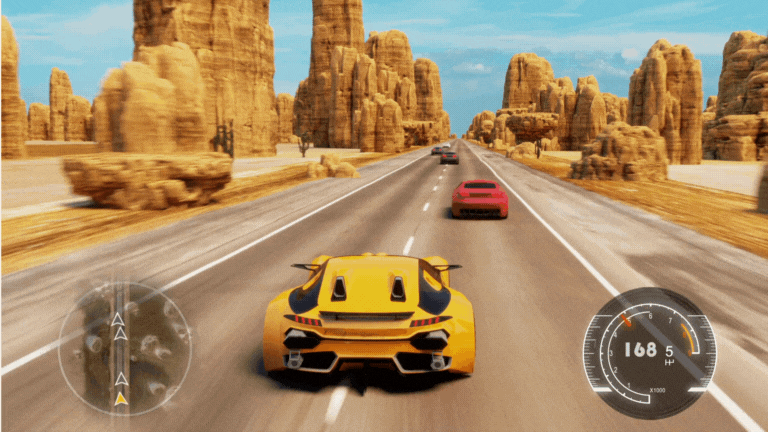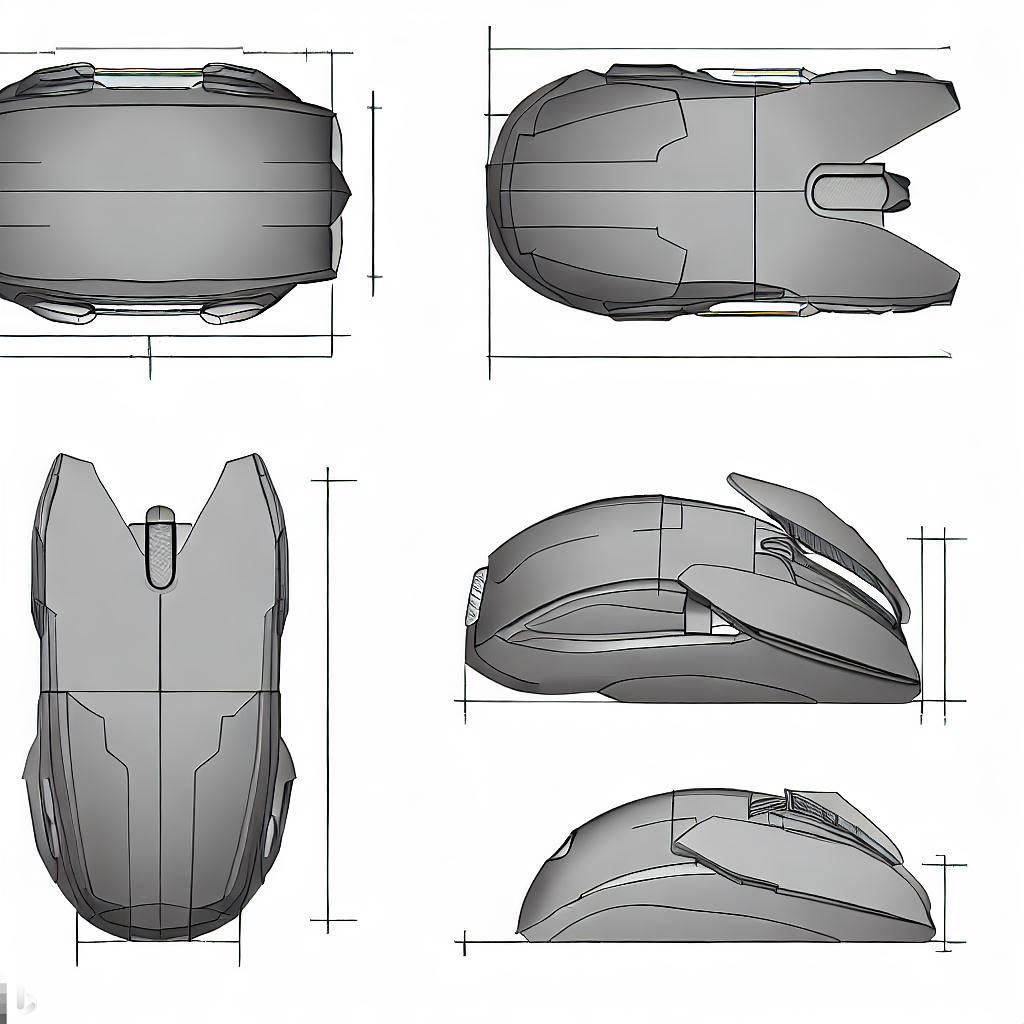|
Have you ever imagined how artificial intelligence (AI) like chatGPT could revolutionize 3D modeling? Imagine using simple English to model complex video game environments or engineer a high-precision machine part. That would be fascinating, right? Although this is not the reality right now, let's discuss some things we can expect to happen soon 3D Modeling and AIFirst, let's acknowledge that 3D Models can be broken into code. ChatGPT and other language models, on the other hand, can write code. So theoretically, ChatGPT could generate 3D models as well. In this article, I'll touch on different parts of the 3D model spectrum: Art on one end, Engineering on the other, and Product Design somewhere in between. Art in 3D ModelingArt in 3D modeling cares most about the external shape of models, for example, creating video game assets or virtual replications of specific places. In these contexts, specific dimensions, mechanisms, and minor details might not hold significant value. With AI, I foresee a significant impact on this area. Instead of manually building or modifying objects in a game environment, you could use natural language to create those things like image generation engines like mid-journey and DALLE. A key feature of these recent AI models is the inherent randomness in output execution, which is acceptable in many art-based applications. Engineering in 3D ModelingThe inherent generative AI randomness might not be well suited for Engineering. In this field, models must serve a function and be precisely detailed to be manufacturable, making typing "Design a car engine" and getting a functioning design less feasible. However, AI will enhance two main areas:
|
AuthorThe following blogs are written by TforDesign team and community members. Categories
All
|
© 2013 - 2024 TforDesign. All rights reserved.
Terms & Conditions | Privacy Policy | Cookie Policy | Sitemap
Terms & Conditions | Privacy Policy | Cookie Policy | Sitemap





 RSS Feed
RSS Feed